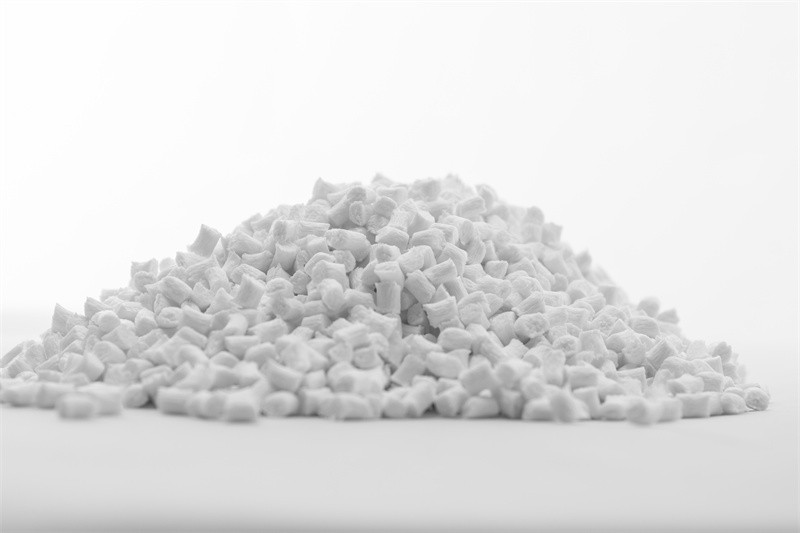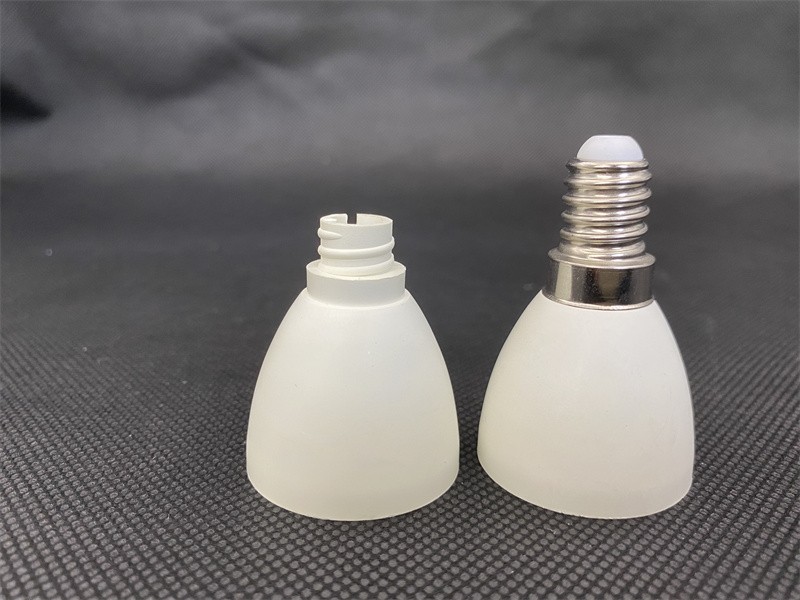The advantages of thermally conductive polypropylene (PP)
It has the ability to transfer heat effectively. This property enables it to dissipate heat generated within a system or device quickly. In many applications where heat accumulation can cause malfunctions or reduced efficiency, such as in electronic components and some industrial equipment, thermally conductive PP plays a vital role in maintaining optimal operating temperatures.
Thermally conductive PP is relatively strong and has good toughness. It can withstand certain mechanical stresses during processing, installation, and normal use. For example, it can be molded into various shapes without easily breaking or deforming, which is beneficial for manufacturing complex - shaped heat - dissipating parts.
It also has good impact resistance, making it suitable for applications where the parts may be subject to occasional impacts or vibrations.
It shows resistance to a wide range of chemicals. This characteristic allows it to be used in environments where it may come into contact with various substances, such as in the automotive industry where it may be exposed to fuels, lubricants, and other automotive chemicals, or in some industrial processing environments with different chemical agents present.
Compared with many traditional heat - conducting materials like metals, thermally conductive PP is much lighter. This lightweight nature is highly advantageous in applications where weight reduction is crucial. In the automotive and aerospace industries, for instance, using thermally conductive PP can help reduce the overall weight of the vehicle or aircraft, contributing to better fuel efficiency and performance.
It is an insulator electrically. This property makes it an ideal choice for applications where heat dissipation is required in electrical or electronic systems without the risk of short circuits. It can be safely used in close proximity to electrical components, providing a reliable heat - transfer solution while maintaining electrical safety.
Thermally conductive PP can be easily processed using common plastic processing techniques. Injection molding, extrusion, and other methods can be employed to produce various products with different shapes and sizes. This ease of processing allows for high - volume production and customization according to specific design requirements.
In general, compared to some high - performance heat - conducting materials with similar functions, thermally conductive PP offers a more cost - effective solution. It can provide satisfactory heat - conducting performance at a relatively lower cost, making it widely acceptable in various industries with different budget constraints.
ITEM NO:PP E05MP-JY
FEATURE: 50% Filled polypropylene, High Strength, Dimensional stability
APPLICATION: Automobile, Home appliances, Electric switch
TYPICAL PROPERTIES | STANDARD | UNIT | TYPICAL VALUE |
Physical Property | Density | ISO1183 | g/cm3 | 1.45 |
MFI(230°C, 2.16Kg) | ISO1333 | g/10min | 11 |
Mold Shrinkage | ISO294 | % | 0.6-0.8 |
Mechanical Property | Tensile Strength | ISO527 | MPa | 28 |
Flexural Strength | ISO178 | MPa | 40 |
Flexural Modulus | ISO178 | MPa | 3500 |
Charpy Notched Impacted Strength | ISO180 | KJ/m2 | 3.5 |
Thermal Property | HDT (1.8MPa) | ISO75 | ℃ | 170 |
Hardness of hot ball pressing | GBT 5169.21-2017 | ℃ | 125 |
Thermal Conductivity | ASTM C1113 | W/(m•k) | 0.5 |
Flammability | GWFI | UL746 | ℃ | 750 |


